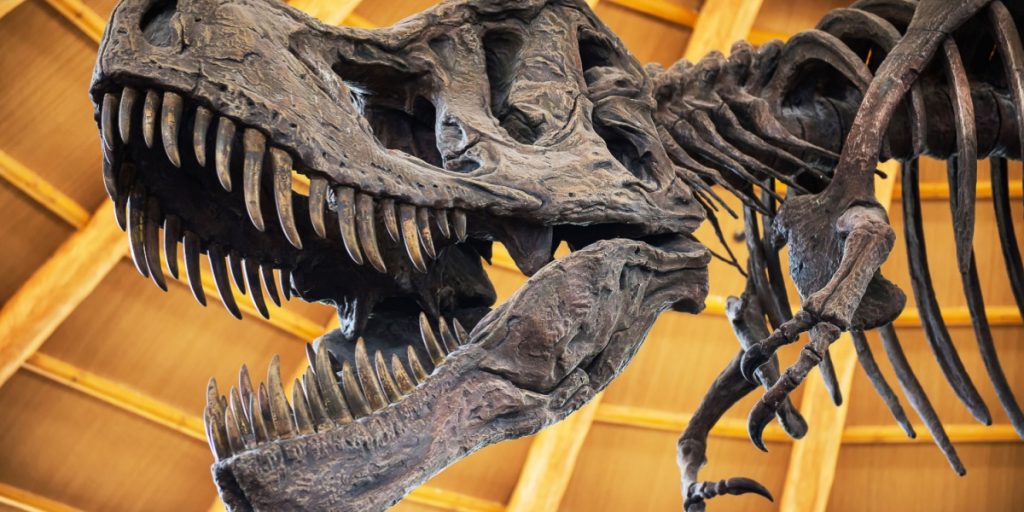New research suggests that dinosaurs migrated to colder regions.
Others are reading now
The long-standing debate among scientists about whether dinosaurs were cold-blooded like reptiles or warm-blooded like mammals and birds may be nearing resolution.
Recent findings suggest that some dinosaurs were indeed warm-blooded, capable of regulating their body temperature.
Evolution of Warm-Blooded Dinosaurs
A few years ago, a study published in Nature analyzed the metabolism of various dinosaur species using fossil bone findings, revealing that some dinosaurs were indeed warm-blooded.
Building on this, researchers from University College London have now pinpointed when these warm-blooded dinosaurs first evolved. According to their study published in Current Biology, the first warm-blooded dinosaurs appeared around 180 million years ago.
Also read
Migration to Colder Climates
The research team examined how dinosaurs spread across the Earth during their existence by analyzing 1,000 fossils, climate models from the dinosaur era, and family trees of different species.
They discovered that two of the three major groups of dinosaurs migrated to colder regions during the early Jurassic period.
This migration pattern suggests that these dinosaurs developed the ability to maintain their body temperature, an essential adaptation for surviving in colder climates.
The two groups that moved to these regions were theropods, which include species like the T. rex and modern birds, and ornithischians, which include species like the Stegosaurus. The third group, sauropods, known for their long necks, remained in warmer regions.
The study’s findings imply that the movement of theropods and ornithischians to colder areas was facilitated by their warm-blooded physiology. This ability to regulate body temperature would have given them a survival advantage in varying climates.
Broader Impact on Dinosaur Research
The revelation that warm-blooded dinosaurs evolved 180 million years ago provides critical insights into dinosaur biology and evolution. It also helps explain how these creatures could thrive in diverse environments, contributing to their dominance as the primary land animals for millions of years.
The ability to adapt to different climates by regulating body temperature likely played an important role in the evolutionary success of these dinosaur groups.








